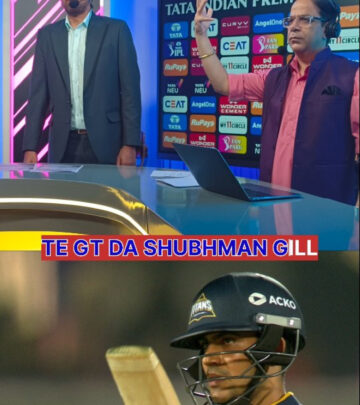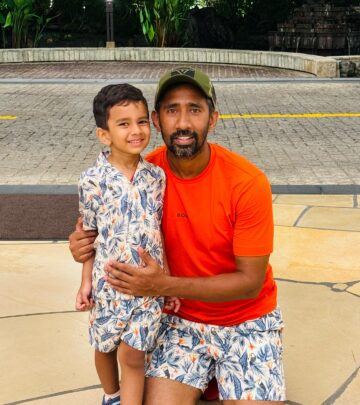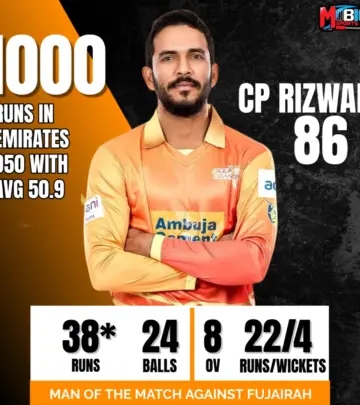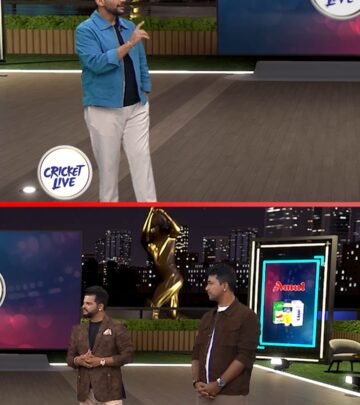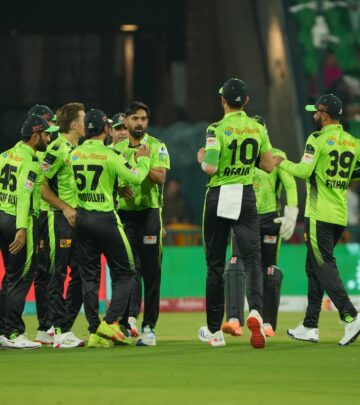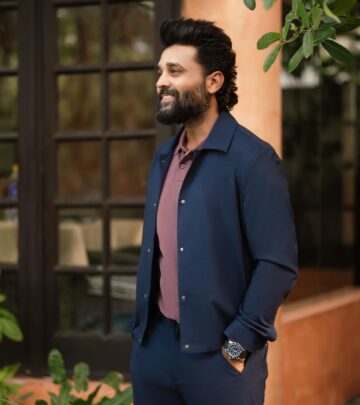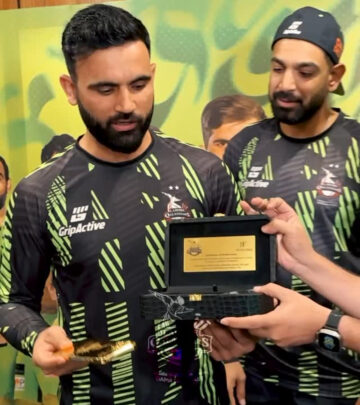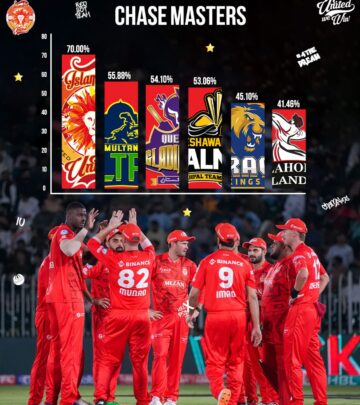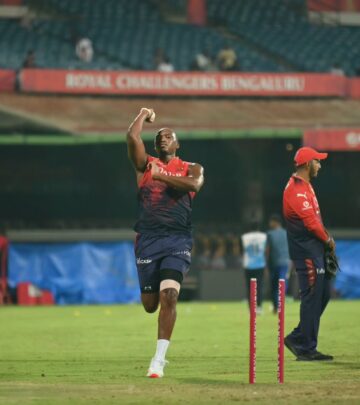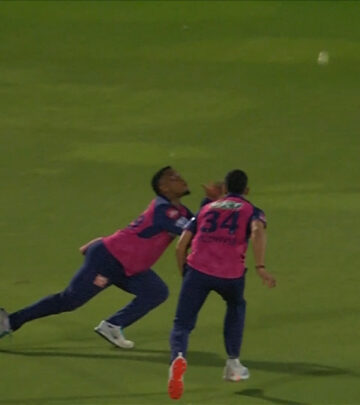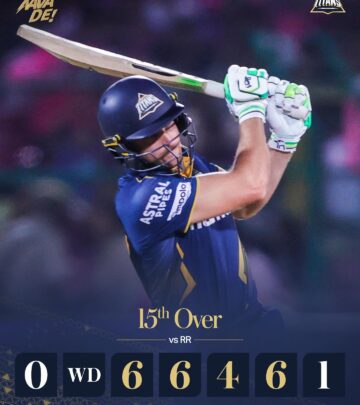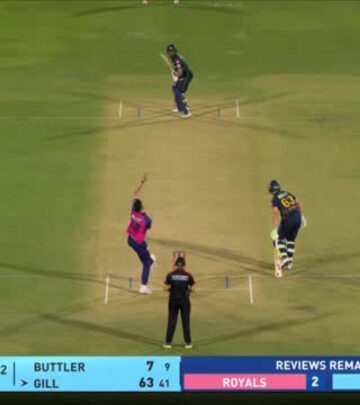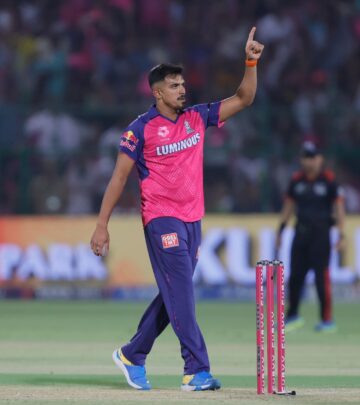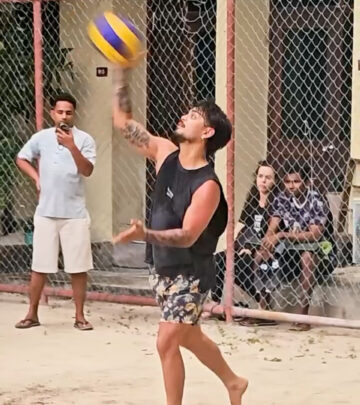Steffan Jones Unveils Specialized Tendon Training For Fast Bowlers Based On Biomechanics
Cricket coach reveals how hip and knee-dominant bowling styles require opposite tendon adaptations
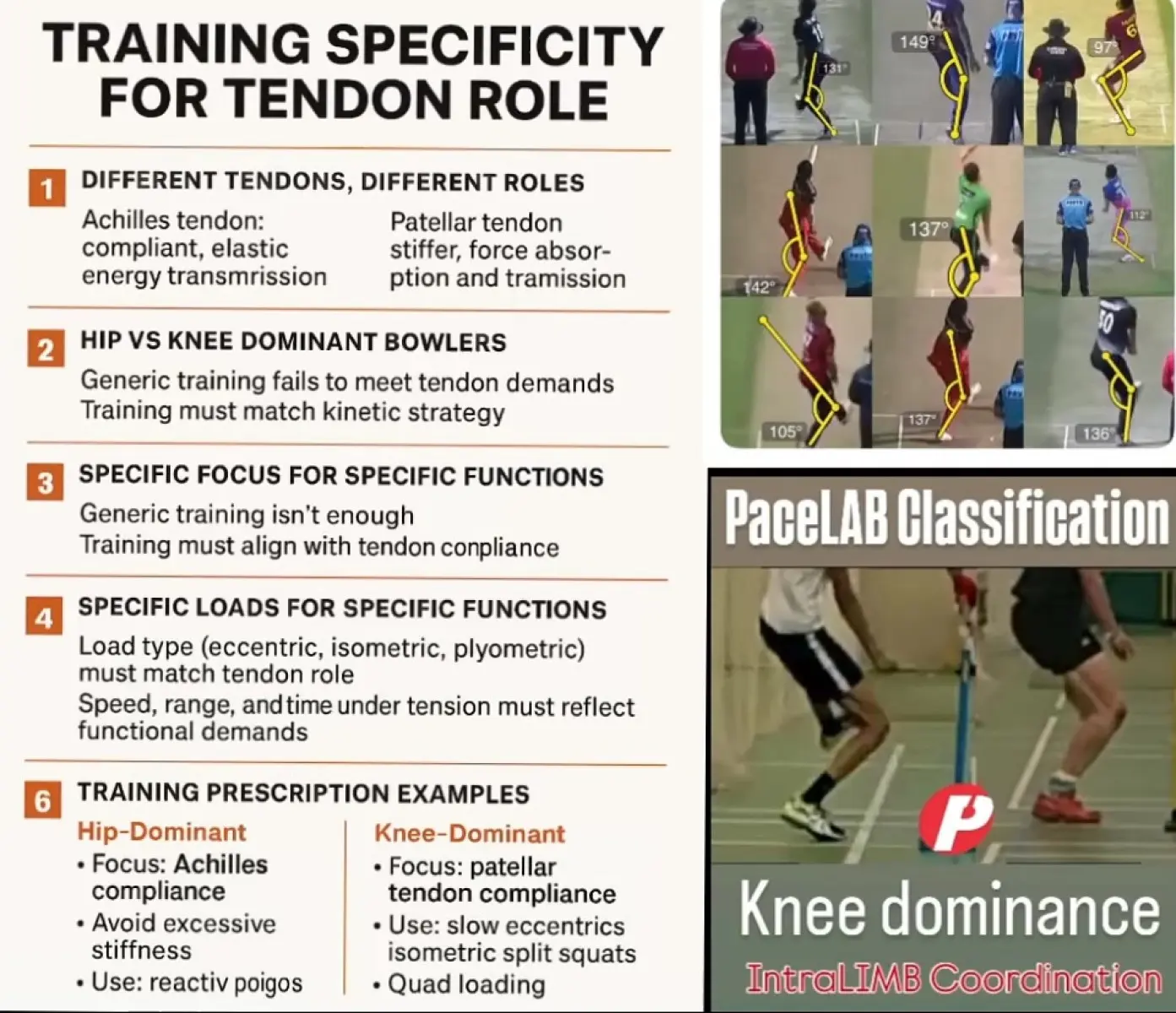
Image: Instagram
Fast bowling in cricket demands precise biomechanical coordination and optimal tendon function, but not all fast bowlers operate the same way. In a detailed Instagram post, former professional cricketer and bowling coach Steffan Jones has revealed groundbreaking insights into how tendon specificity plays a crucial role in fast bowling performance and injury prevention.
The Tendon Divide: Hip Vs. Knee Dominance
Jones, who runs PaceLab Limited, explains that fast bowlers can be categorized into two distinct biomechanical profiles—hip-dominant and knee-dominant—each requiring completely different tendon training approaches.
“In fast bowling, force can be produced through active muscle contraction or transmitted through tendons as elastic energy. But not all tendons serve the same function,” Jones states in his post.
The difference lies in how the Achilles and patellar tendons function during the bowling action. According to Jones, the Achilles tendon is naturally designed for storing and releasing energy during fast, reflexive movements due to its length and compliance. Meanwhile, the patellar tendon typically acts as a stiff force transmitter during high-load, muscle-driven movements.
Tailored Training Based On Bowling Style
Hip-dominant bowlers, who use minimal knee flexion and have longer ground contact at the ankle, require a compliant (more elastic) Achilles tendon to achieve spring-like recoil. Their patellar tendon should remain stiff, acting primarily as a force bridge.
Conversely, knee-dominant bowlers utilize greater knee flexion and generate vertical force through the quadriceps, requiring a compliant patellar tendon and a stiff Achilles to effectively anchor ground force.
Jones criticizes generic training approaches that fail to account for these differences: “Generic training often overlooks this. A one-size-fits-all approach may stiffen the wrong tendon or overload the wrong system, increasing injury risk and limiting transfer to bowling mechanics.”
Specialized Training Recommendations
The post outlines specific training recommendations for each bowling type:
– Hip-dominant bowlers benefit from pogo hops, reflex drills, and hip-driven plyometrics
– Knee-dominant bowlers require slow eccentrics, quad loading exercises, and long-duration isometrics
“The tendon strategy must guide the training strategy. Specific adaptations build efficient bowlers and resilient tendons,” Jones emphasizes.
More Than Just Technique
This specialized approach to tendon training aligns with Jones’s broader philosophy at PaceLab. In previous posts, he has addressed how tendons respond to different loading patterns and training methods.
In a recent post, Jones explained: “Tendons are dynamic tissues—how you load them changes everything. Fast loading (like sprinting or jumping) makes tendons stiffer. The collagen works as a unified sheet, transmitting force efficiently. Slow loading leads to more fiber sliding, breaking cross-links and creating a softer, more compliant tendon.”
He also noted that “tendon remodeling is rapid. Collagen synthesis and reorganization can happen in days.”
Data-driven Methodology
PaceLab has developed proprietary metrics like the “PL Proxy” (Player Load Proxy) and the “BS:PL Ratio” (Ball Speed to Player Load Proxy) to quantify bowling efficiency and monitor training intensity. These tools help coaches ensure bowlers aren’t undertrained or overloaded relative to desired ball speed output.
Jones emphasizes his science-based approach: “I don’t deal in opinions and my past playing experiences. I’m now a coach who is governed by the 10 PaceLab principles which are underpinned by data and sports science.”
Who Is Steffan Jones?
Steffan Jones is a former professional cricketer who played for several English county teams including Somerset, Northamptonshire, and Derbyshire. After his playing career, he has established himself as an innovative fast bowling coach, working with teams in the Indian Premier League and developing his PaceLab coaching methodology.
Jones’s scientific approach to fast bowling training has garnered attention across the cricketing world for challenging traditional coaching methods with data-driven, biomechanically-informed techniques.
For fast bowlers looking to improve performance and reduce injury risk, Jones’s message is clear: understand your biomechanical profile, train your tendons accordingly, and “think differently.”
Read full bio of Joyce



